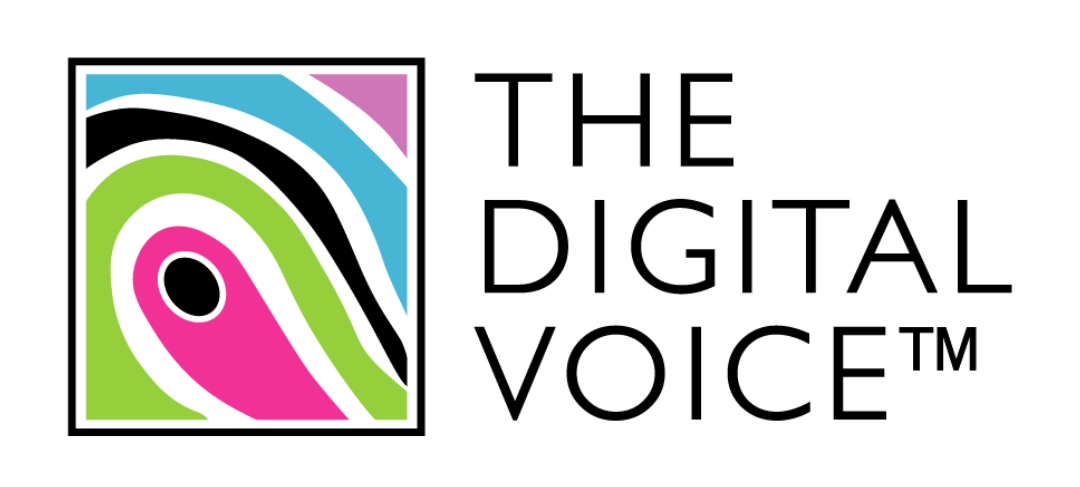Climbing the walls: Why brands should choose safety on the open web

We’re just over six weeks into the New Year and we’ve arguably seen more political and social upheaval in this short time than in the previous year combined. From here on in, it’s going to be a bumpy ride for the world.
In these increasingly fraught times, we’re seeing a blurring of the lines between the digital media industry and the wider political context. That has big implications for brands and where they should and shouldn’t be allowing their ads to appear online.
The walled gardens, for instance, may strike some advertisers as a more problematic choice than they did a few months ago, given the quality and the style of content to be found there. This has been made more acute by the move away from fact-checking by some of the platforms, along with the increasing amounts of AI-generated fake news that is appearing on social channels.
Consequently, advertising with premium media owners on the open web, who invest in original, high-quality, impartial, fact-checked news and content, begins to look not only desirable but perhaps essential.
Technology has changed our perspective on the open web
Without rigorous fact-checking policies in place, the walled gardens risk becoming ‘wild west’ domains for brands, where the litany of threats and dangerous content far outweigh advertisers’ ability to avoid them. By comparison, the wealth of premium media sites on the open web, with their high journalistic standards and diligent fact-checking processes, provide an obviously safer route to reach online audiences.
But it’s not just the superior content that gives the open web an edge in today’s world. Advances in technologies such as contextual intelligence are another development making the open web a more attractive prospect. AI-powered contextual analysis is now so advanced that it can analyze all of the data signals within premium open web environments – not only text, but images, video, and audio – yielding a human-like understanding of the content a user is viewing and ensuring it’s safe and suitable for a given brand.
This ability to extract contextual insights from the content on the open web creates a meaningful alternative for brands that are withdrawing budget from social networks. With the right tools at their disposal, advertisers can be absolutely confident in the capability of technology to scan, understand, and analyze the web to ensure the requirements of their business are matched with the content they’re appearing in and around.
Replacing a broken cookie-based model
Contextual-based technologies are also making open-web-based strategies more effective than the antiquated ID or behavioral targeting tools that dominate the walled gardens.
We know that consumers have built their own defenses against traditional, behavioral advertising, in the form of ad blockers and sheer indifference. A key reason for that is the fact that behavioral ads lack relevance in a fast-moving digital environment. Web pages that we browsed last week, yesterday, or even an hour ago aren’t necessarily going to be relevant here and now.
Instead, we need to reach open web audiences based on their current mindset. Contextual targeting is by far the most effective way of doing this because it aligns the brand’s message with the content a user has chosen to view and is engaging with at that very moment. It also requires no personal data, making it superior from a privacy perspective.
However, brands can go even further by combining this approach with attention-based measurement and optimization. This allows advertisers to continually augment their contextual placements across the open web in real time based on which premium environments and creatives garner the highest consumer attention rates and, thus, delivers significantly better brand outcomes.
The future points to the open web
We are living through dangerous and divisive times and the user-generated content we view within the walled gardens will increasingly reflect this. With the retreat from fact-checking on the platforms and the rise of AI-generated fake news, advertisers can no longer ignore the threats.
Brands that want to stay safe, that want to harness truly illuminating insights, and build genuine connections in the internet’s safer environments, are going to find those things on the open web. And they have all the tools they need to do it.
Also published in: The Drum


